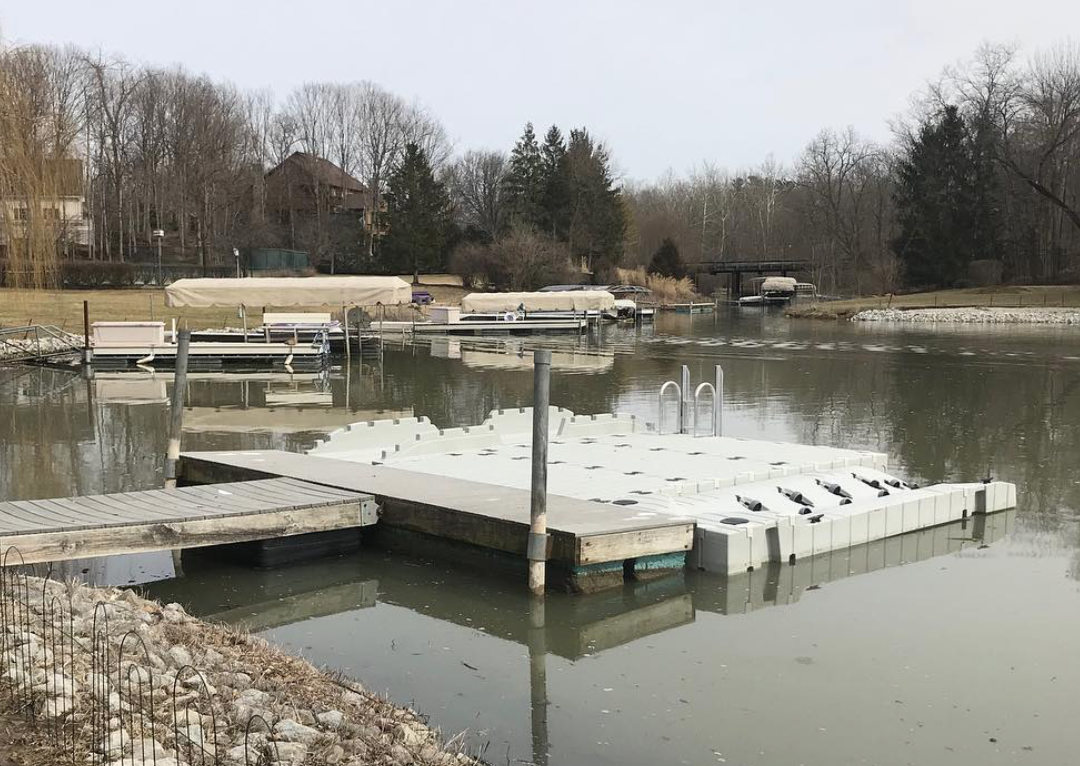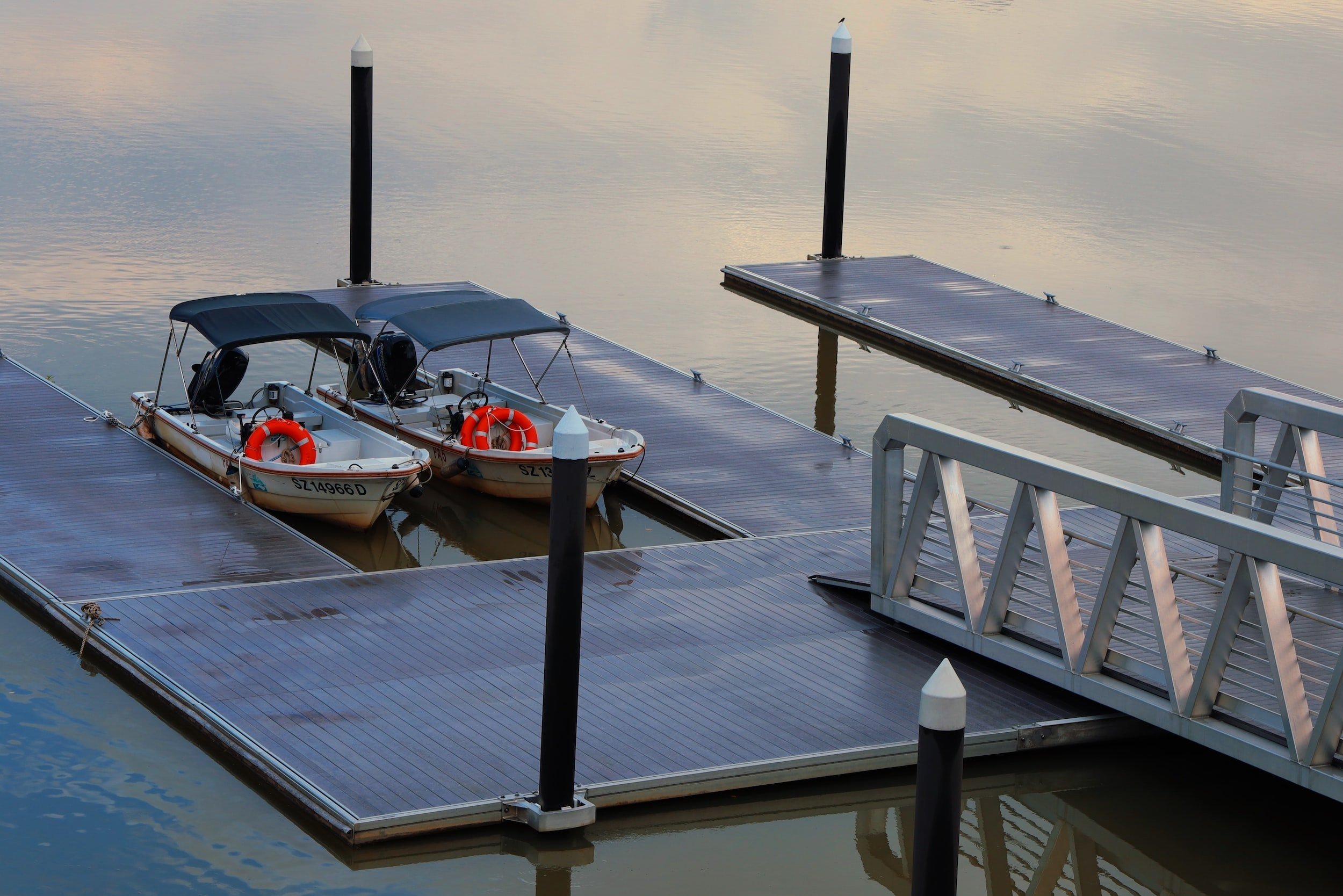Efficient Dock Repair Service Techniques: Making Sure Architectural Honesty
Ensuring the structural stability of anchors with efficient fixing strategies is paramount for the longevity and safety of aquatic centers. This entails a multi-faceted approach beginning with detailed inspections utilizing sophisticated innovations like sonar tools and from another location operated vehicles (ROVs) to detect both noticeable and hid damages. Subsequently, picking the ideal repair work materials, such as composite products and corrosion-resistant alloys, is vital for longevity. Architectural reinforcement methods, including the implementation of cross-bracing systems and load-distribution plates, play an important role in mitigating stress factors. The relevance of these methods becomes obvious when checking out innovative repair service methods and preventative upkeep approaches.
Evaluating Dock Damages
Evaluating dock damages is a vital initial step in guaranteeing the architectural integrity and security of any kind of docking facility. This preliminary analysis involves a detailed examination to identify both surprise and noticeable damages. Secret facets to analyze include the dock's foundation, pilings, decking, and equipment. Each component needs to be looked at for indicators of wear, rot, rust, or various other kinds of degradation that might jeopardize the architectural integrity.
Architectural designers or certified inspectors normally perform these assessments using specialized methods and tools. For example, underwater examinations could use finder devices or remotely operated vehicles (ROVs) to detect immersed damages. Above water, aesthetic examinations are matched by using dampness meters and various other diagnostic devices to discover underlying issues not quickly visible to the nude eye.

Picking Fixing Materials
Picking the suitable repair materials is a crucial action in the dock restoration process, one that directly affects the longevity and performance of the repaired framework. Product selection need to be driven by factors such as ecological conditions, load-bearing requirements, and compatibility with existing dock elements. Timber is a typical selection for anchors due to its natural durability and aesthetic appeal. Choosing the ideal type of wood, such as pressure-treated lumber or naturally rot-resistant varieties like cedar or teak wood, is critical to hold up against water atmospheres.
In enhancement to wood, composite materials are increasingly prominent due to their resilience and low maintenance needs. Compounds, commonly made from a mix of plastic and timber fibers, offer excellent resistance to rot, bugs, and UV damage. For steel anchors, selecting corrosion-resistant alloys such as galvanized steel or marine-grade light weight aluminum is vital to prevent corrosion and guarantee architectural integrity in saline water problems.
Epoxy resins and marine-grade sealers are vital for fixing cracks and sealing joints, offering a water resistant obstacle and enhancing the dock's overall stamina. By thoroughly picking high-quality materials, dock repair work can accomplish resilient outcomes, thereby protecting versus future degradation and making sure secure, dependable use.
Architectural Support Techniques
Efficient architectural support techniques are crucial in guaranteeing the security and longevity of dock repair services. One fundamental technique entails the use of steel or composite reinforcement bars (rebar) within concrete frameworks. Rebar provides extra tensile stamina, protecting against cracks and distributing tons more uniformly. This technique is specifically efficient for docks exposed to heavy loads or severe ecological conditions.
One more necessary method is the application of fiber-reinforced polymers (FRP) These materials offer high strength-to-weight proportions and exceptional resistance to rust, making them perfect for reinforcing concrete or wooden docks. FRP can be used in sheets or strips and bound with epoxy materials to improve structural honesty.
Bracing and anchoring systems additionally play a crucial role in architectural reinforcement. Cross-bracing, using steel or visit this website wooden beams, can neutralize side forces, reducing guiding and motion. Anchoring systems, such as helical piers or driven piles, give a secure foundation by transferring lots to much deeper, extra secure soil layers.
Last but not least, the combination of load-distribution plates can help disperse weight much more evenly throughout the dock's surface, minimizing localized stress and anxiety factors. These techniques jointly guarantee that anchors remain secure and robust, with the ability of holding up against the rigors of their functional atmosphere.
Advanced Repair Approaches

Another advanced technique involves underwater welding, which allows for repair work to be conducted without the need to dewater the area. This method is particularly beneficial for dealing with structural problems in submerged dock components, guaranteeing very little interruption to procedures. Improved welding strategies, paired with robot systems, deliver precision and reliability, thus prolonging the life expectancy of the dock.
In addition, cathodic defense systems are executed to stop deterioration in metal dock frameworks. By using sacrificial anodes or amazed present systems, these methods efficiently alleviate the electrochemical procedures that bring about material deterioration.
Last but not least, progressed surveillance innovations, such as structural health surveillance (SHM) systems, supply real-time data on the problem of dock structures. These systems enable positive maintenance and prompt interventions, inevitably making sure the long-term architectural stability of the dock.
Upkeep and Avoidance
Maintenance and avoidance are essential concepts that underpin the long life and security of dock structures. Normal evaluations are paramount, enabling early discovery of deterioration, possible weaknesses, and ecological effects. A proactive strategy, including routine checks for deterioration, rot, and architectural changes, alleviates pricey repair services and lengthens the dock's operational life.
Safety nets must include applying safety coverings to steel elements to safeguard versus corrosion and making use of cured timber to withstand decay. In addition, guaranteeing appropriate water drainage and ventilation can protect against water build-up, which is a typical root cause of architectural deterioration. Incorporating top quality materials and sticking to producer guidelines throughout building and construction and repair work phases likewise play essential functions in improving address longevity.

Training employees in dock maintenance ideal practices ensures consistent application of safety nets. Leveraging technological advances, such as drones for inspections and sensing units for real-time tracking, can link additionally improve maintenance efforts. By focusing on upkeep and avoidance, dock owners can make sure structural honesty, functional safety, and cost-effective management over the dock's lifespan.
Final Thought
In conclusion, preserving the architectural integrity of aquatic facilities demands detailed dock repair methods. Advanced fixing strategies, coupled with normal upkeep methods, make certain the dock remains secure and operational under diverse environmental problems.
Guaranteeing the architectural honesty of docks via effective repair service strategies is critical for the durability and safety and security of marine facilities.Choosing the ideal repair materials is a crucial step in the dock remediation procedure, one that straight influences the durability and efficiency of the repaired framework.Reliable structural support techniques are important in making certain the security and longevity of dock repairs. By focusing on maintenance and avoidance, dock proprietors can make sure structural stability, operational safety and security, and affordable management over the dock's life-span.
In conclusion, preserving the architectural stability of aquatic centers demands comprehensive dock repair service strategies.